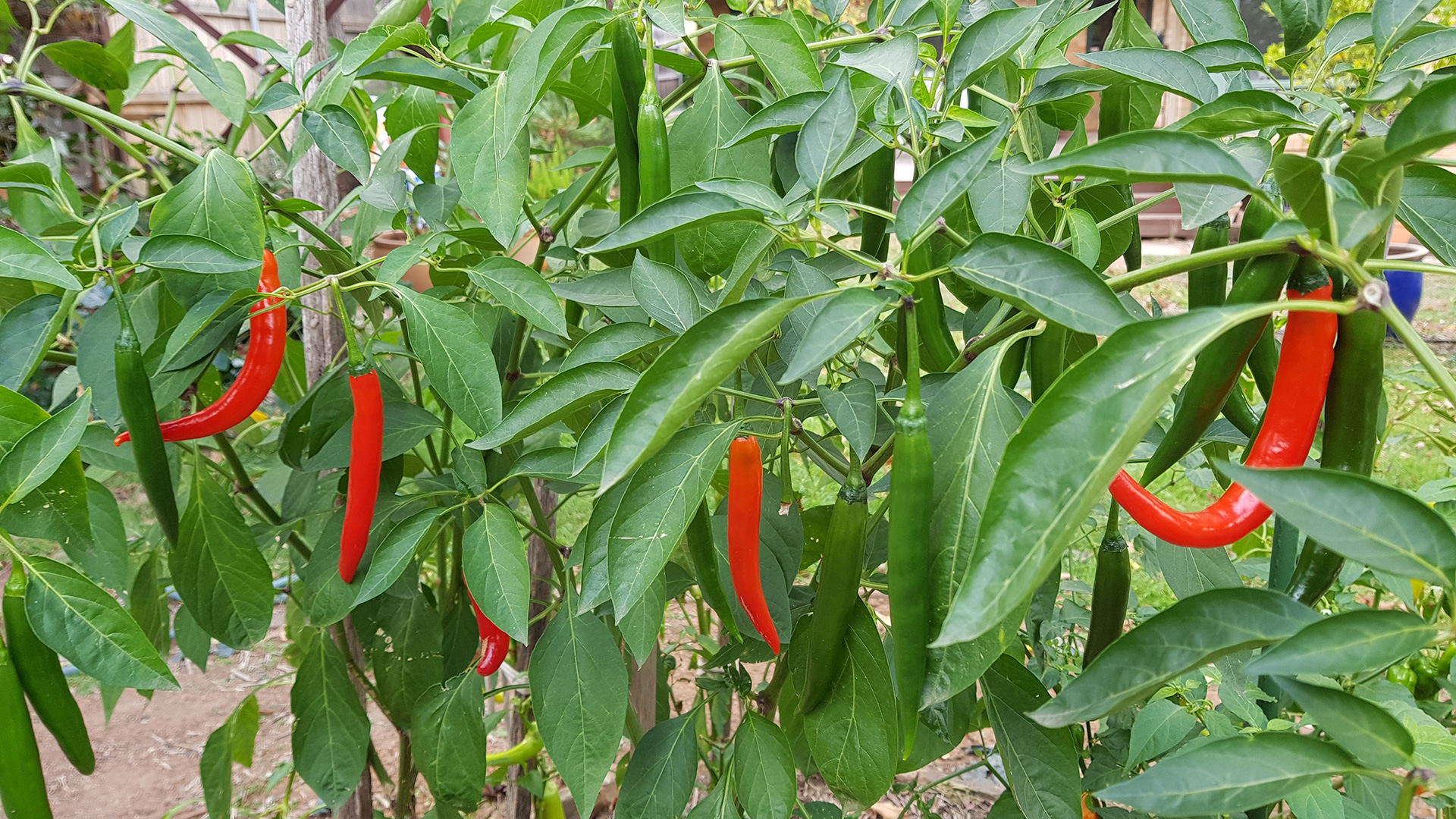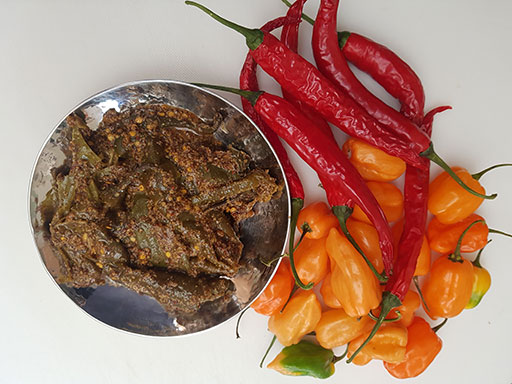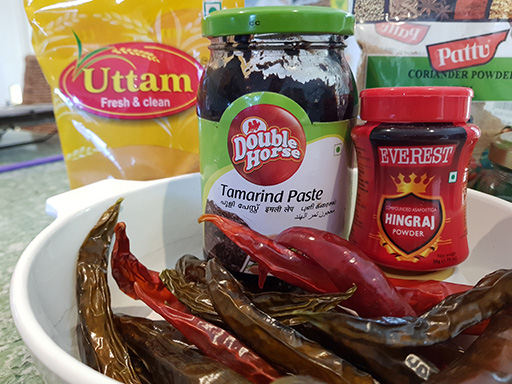
Do you like spicy?
Key points
- ‘Chilli’ is used widely in many regions of India but by no means all
- You will often be asked, “Do you like spicy?”, when ordering in restaurants in India. But what does this question mean?
- Chilli is a great favourite in Rajasthan. A signature dish using green chilis, is ‘Mirchi ke Tipore’. It is also known as ‘Green Athana Mirchi’
History
The chilli pepper is from the genus Capsicum, members of the nightshade family Solanaceae. It is the substance capsaicin, and related compounds capsaicinoids, that gives chilli peppers their intensity.
Chilli peppers originated in Mexico. Cultivars of the chilli pepper spread across the world after the Columbian Exchange. The Colombian Exchange involved the widespread transfer of plants, animals, culture, technology and ideas after Columbus’ transatlantic maritime expedition to the Americas in 1492.
After this, Spain, Portugal and other European powers established colonies and trading posts throughout the Americas. Local populations were brought under colonial control, often with devastating community and cultural effects.
The movement of people (free and enslaved) and rapidly expanding trade in goods and in due course services changed the world forever.
The Portuguese were the first to discover a direct sea route to India in 1498. It is believed the chilli was introduced to India by the Portuguese who established a string of colonies along the coastline of India from the C15th.
There is a wide range of chilli cultivars grown in India which are all believed to derive from species of Capsicum known as Capsicum Annum.
Use of Chili in India
A common misunderstanding is chilli is used in almost all Indian dishes. But many dishes contain no chilli or pepper whatsoever. There are many areas of India where chilli is rarely used, such as in the South.
Indian food is about a balance of flavours, especially sweet, salty, sour, bitter. And, sometimes hot.
This approach to cooking involves the potential use of some of the myriad of spices that available. The range and variety of spices available in India reflect the centuries of trade and movement of people throughout the history of India.
In India, when you are asked, “Do you like spicy?”, you are most likely being asked, “Do you like your food seasoned with spices?”.
From this point, you can say if you would like your dish seasoned hot, or not. This will typically be with chilli or pepper.

Chilli in Rajasthan Food
Many Rajasthani foods are hot and spicy.
Water is scarce and vegetables limited in the desert areas of Rajasthan. As a result, dried and powdered spices play a major role in Rajasthani cuisine.
Pepper, cloves, mustard seeds, cardamoms, cinnamon sticks, cumin seeds and dried mango powder are all important.
Chilli is liberally used in non-vegetarian and vegetarian dishes. Green and red chilis are particularly favoured.
The heat of the chilli in Rajasthan is appreciated for its cooling effect after the initial rush of fiery heat. This enjoyment is common in other parts of the world that experience hot conditions.
Mirchi ke Tipore – Green Chili Pickle recipe
Mirchi ke Tipore is a hot, spicy, and tangy pickle. It is utterly delicious and one of the traditional and authentic specialities of Rajasthan cuisine.
Recipes for Mirchi ke Tipore are locked in the mists of time. Many are held closely as family secrets or given a characteristic twist by a village or ethnic group.
Guests at Ikaki Niwas, the family boutique hotel in Jaipur, can often enjoy an authentic Mirchi ke Tipore, as a side dish to their main meals.
They can also learn to make Mirchi ke Tipore, as part of the cooking classes that are available. Typically, chilis grown at Ikaki Bagh, the local organic farm outside of Jaipur will be used.
Until you visit Ikaki Niwas and Ikaki Bagh, you might like to test yourself making your own Mirchi ke Tipore, using this recipe.
Ingredients
- Green Chilis, chopped and deseeded (if you wish) 1 ½ cups
- Oil – 2 Tbsp
- Fennel Seeds 1 Tbsp
- Mustard Seeds – 1 Tbsp
- Cumin Seeds – 1 Tsp
- Turmeric Powder – ¼ Tspn
- Pinch or two of Salt
- Dried Mango Powder – 1 Tbsp
- Coriander Powder – 1 Tbsp
- Pinch of Red Chili Powder (optional)
- Water – 2 Tbsp minimum
- Asafoetida – ¼ Tsp*
Instructions
- Heat oil in a pan over medium heat.
- Add asafoetida, mustard seeds, cumin seeds, and fennel seeds.
- When the seeds begin to splutter, add chopped green chilis. Saute for about 5 minutes.
- Now add turmeric powder, salt, coriander powder, chilli powder, dried mango powder and mix well.
- Cook for 1 minute. Add water and cook two minutes.
- Remove from heat.
- Instant chilli pickle can be served as a side dish with your meals.
If planning to use your Mirchi ke Tipore as a travel food, add a little more oil. This will help the pickle last longer.
* Western readers will be familiar with all ingredients except perhaps Asafoetida. This is a pungent spice extracted from several species of Ferula (a plant from the giant fennel family).
Asafoetida is used widely in Indian cooking. It is prized for its ability to transform savoury vegetable, meat and fish dishes.


